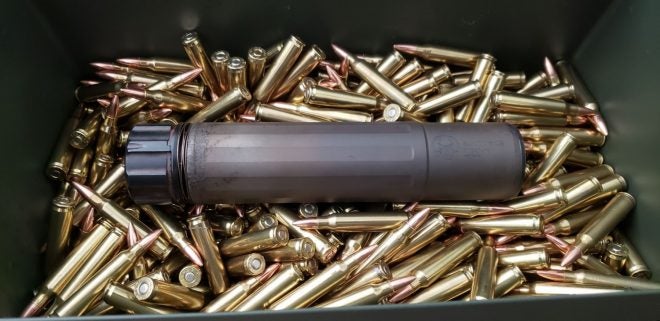A Brief Overview
Three years ago a batch of Dead Air Sandman silencers arrived at my local gun shop. It was clear in only a matter of minutes that these would be a game changer for the quick detach silencer market. Dead Air Sandman silencers have no barrel length restrictions, they are full auto rated, have interchangeable end caps, and are rated up to .300 Win Mag. There really wasn’t another QD (quick-detach) silencer that had all these features. The QD-Mount is inevitably what sold me on a Sandman. Using a two-stage taper lock the mount is pure engineering genius.
QD-Mounts Redefined
Six lugs (three primary and three safety) on the silencer attach it to the host weapon.

Dead Air Sandman-S: 10,000 Rounds Later
Line up the indexing mark on the silencer with the vertical groove on the mount to slide the silencer on. Note: It will only go on one way, minimizing point of impact shift.
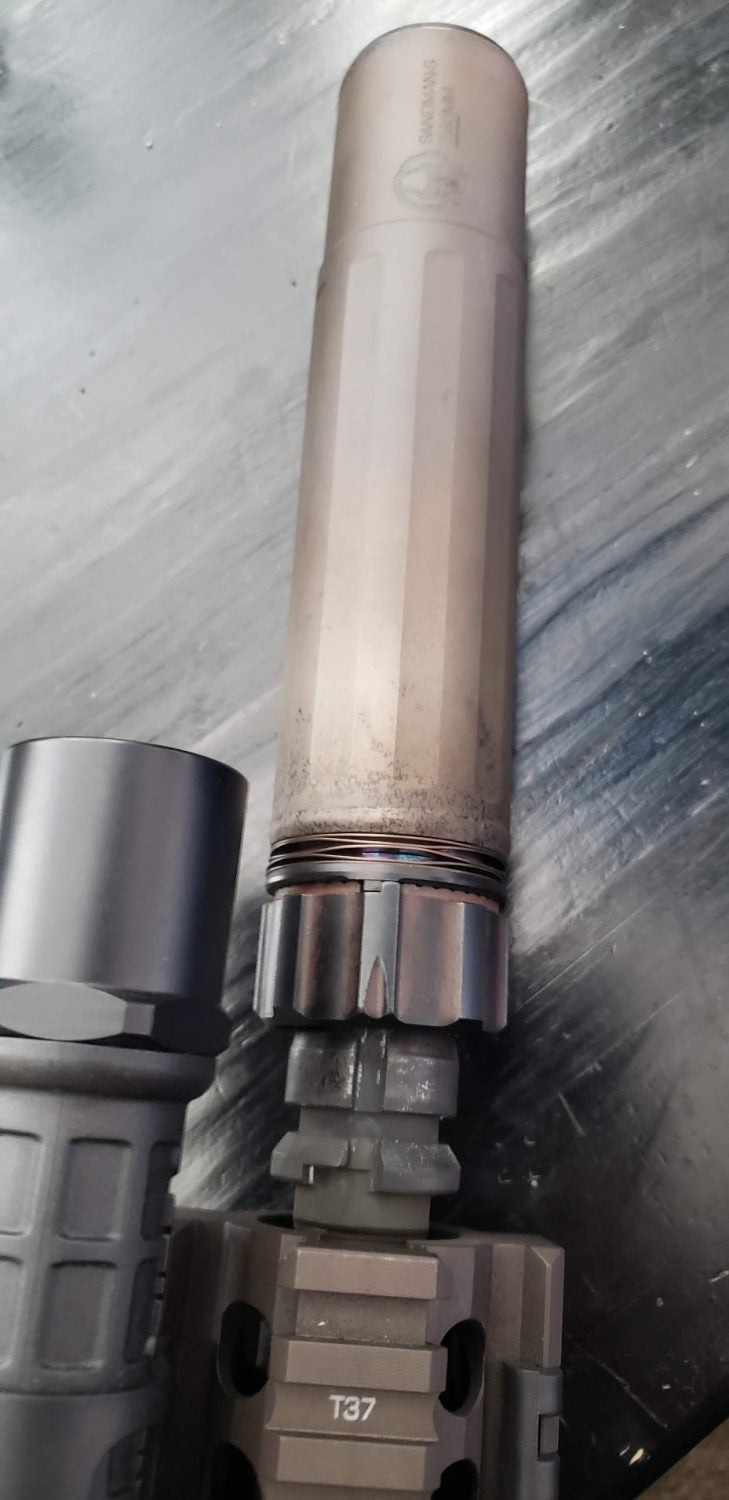
Dead Air Sandman-S: 10,000 Rounds Later
Turn the silencer five degrees clockwise to engage the locking lugs.
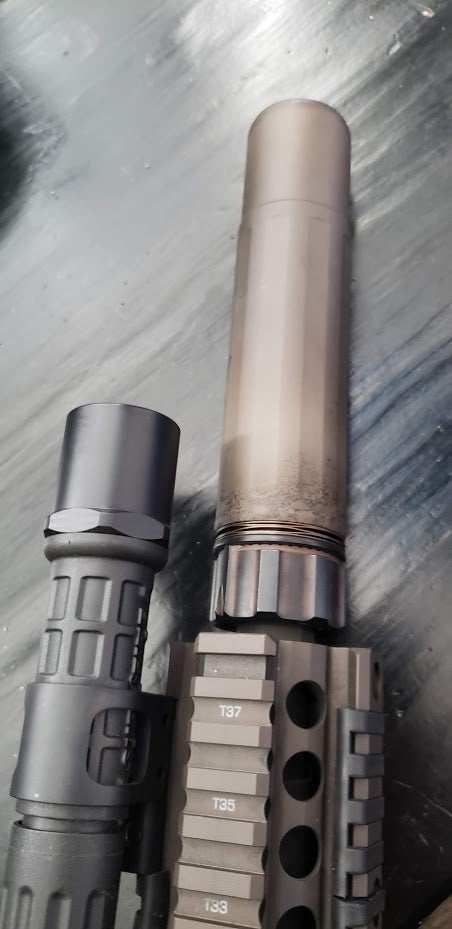
Dead Air Sandman-S: 10,000 Rounds Later
Continue to turn the silencer clockwise to ratchet down the silencer tight against the locking collar.
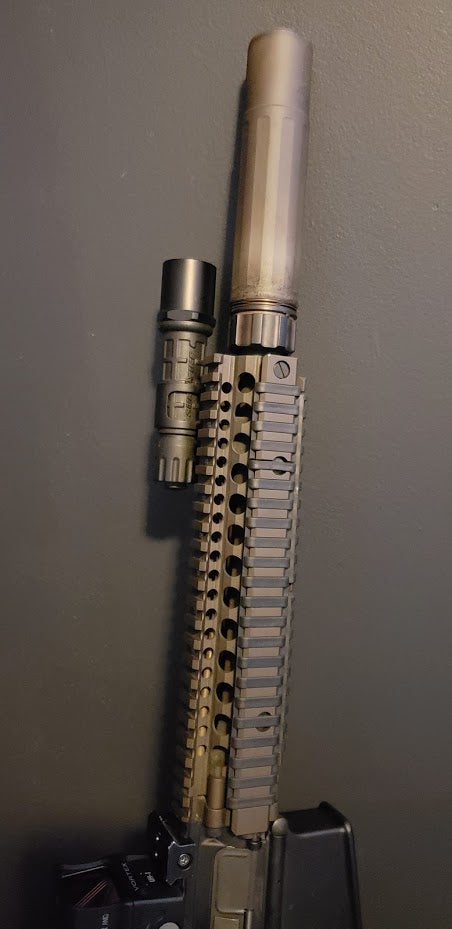
Dead Air Sandman-S: 10,000 Rounds Later
This two-stage thread-less mount (now known simply as KyMo) is a game changer. The current market for QD mounts was plagued by exposed threads or secondary locking collars that instantly seemed sub-par. The Sandman can be securely installed or removed with one hand in one step. Now you don’t have to worry about that friend who may or may not have engaged the locking collar. Sorry, the Sandman isn’t built for flight, but it is built to fight.
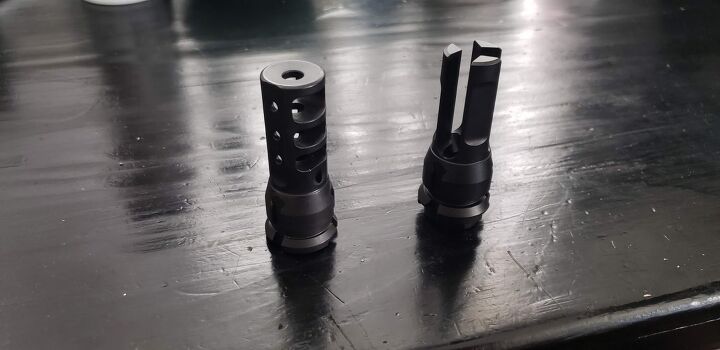
Dead Air Sandman-S: 10,000 Rounds Later
The muzzle devices themselves are no slouch either. At launch, the Sandman-S shipped with a muzzle-brake based mount. Incorporating two forward facing gas ports designed to disrupt the concussive blast muzzle-brakes notoriously provide. Located on top of the brake are an additional three ports that aid in reducing muzzle climb.
Dead Air would wait until later to release their three prong flash hider Looking to eliminate the pinging sound associated with other 3-prong flash hiders of the time, their design featured cut-outs on the tines. These would eliminate a phenomenon commonly this is referred to as the “tuning fork effect”.
The aesthetics and engineering with these two mounts is second to none.
Looking Back
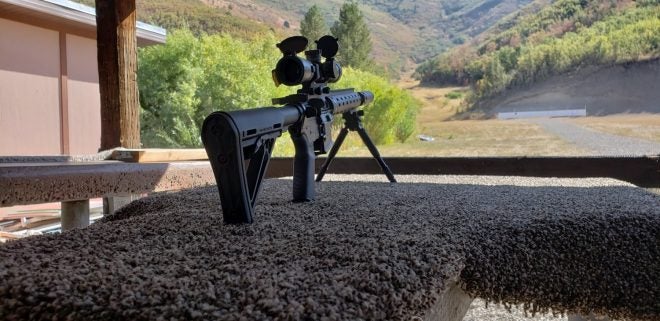
Dead Air Sandman-S: 10,000 Rounds Later
During the last three years, I’ve used the Sandman-S on a wide variety of hosts. Most commonly being the above Daniel Defense V7 in 300 Blackout and Daniel Defense MK18 SBR. On any of these platforms, it works incredibly well. On top of that, the pitch or tone when fired is much lower than that of other silencers on the market. Over time this is something I’ve grown very fond of, considering the other suppressors I’ve used.
While looking over my shooting logs last month I realized that the Sandman-S had crossed over the 10,000 round mark. Not a huge surprise when you consider the burnt off Cerakote in the above photos. Surprising is how well this suppressor has fared over the years. Even after all that high-temp abuse, the QD-Mounting system refuses to give up. Something that’s not commonly seen among high round count QD silencers. Sure, those ratcheting teeth aren’t as sharp as they used to be, but they still work and show no signs of giving up.
Would I buy it again if given the chance? Absolutely.
 Your Privacy Choices
Your Privacy Choices
